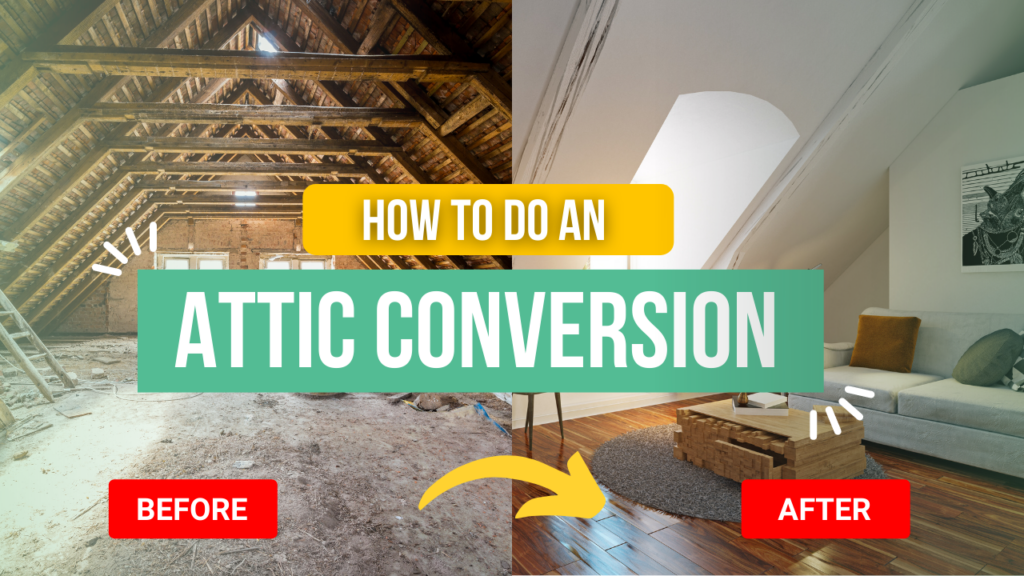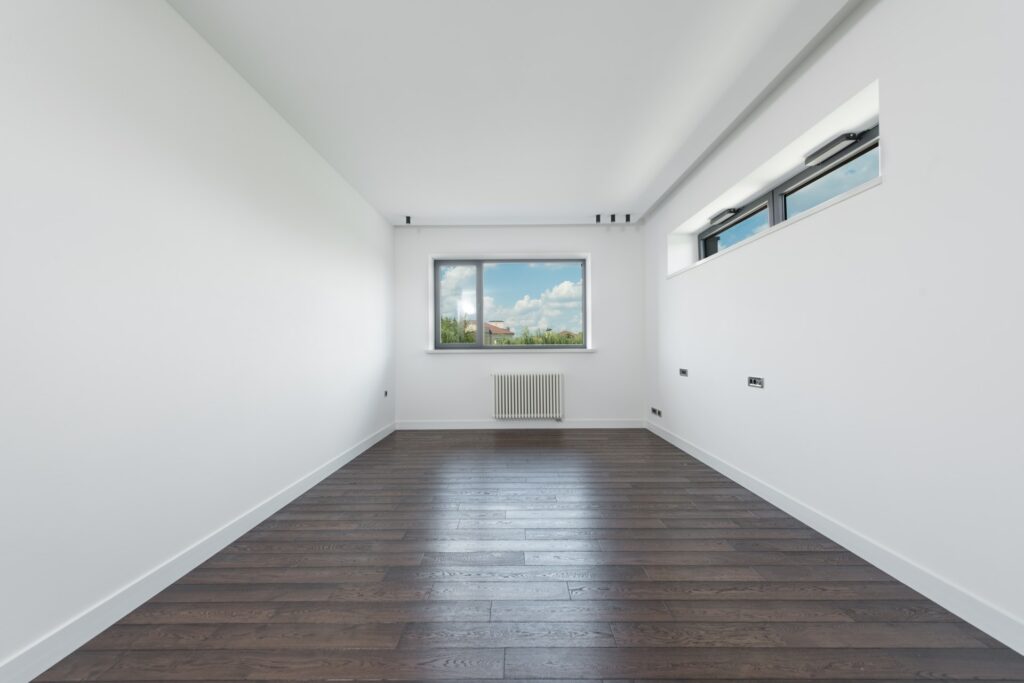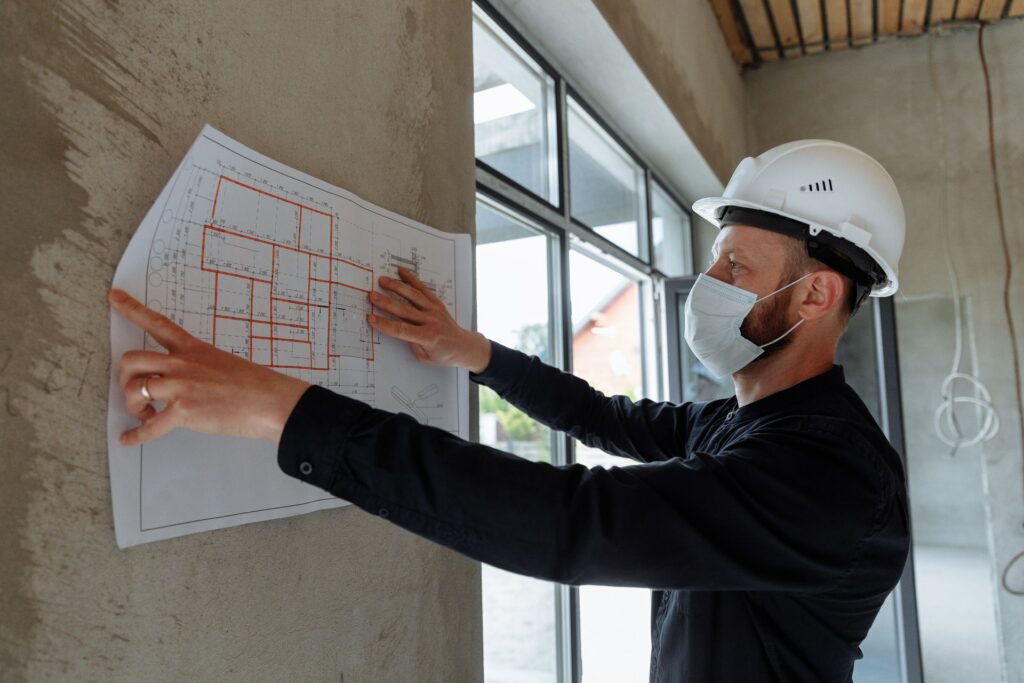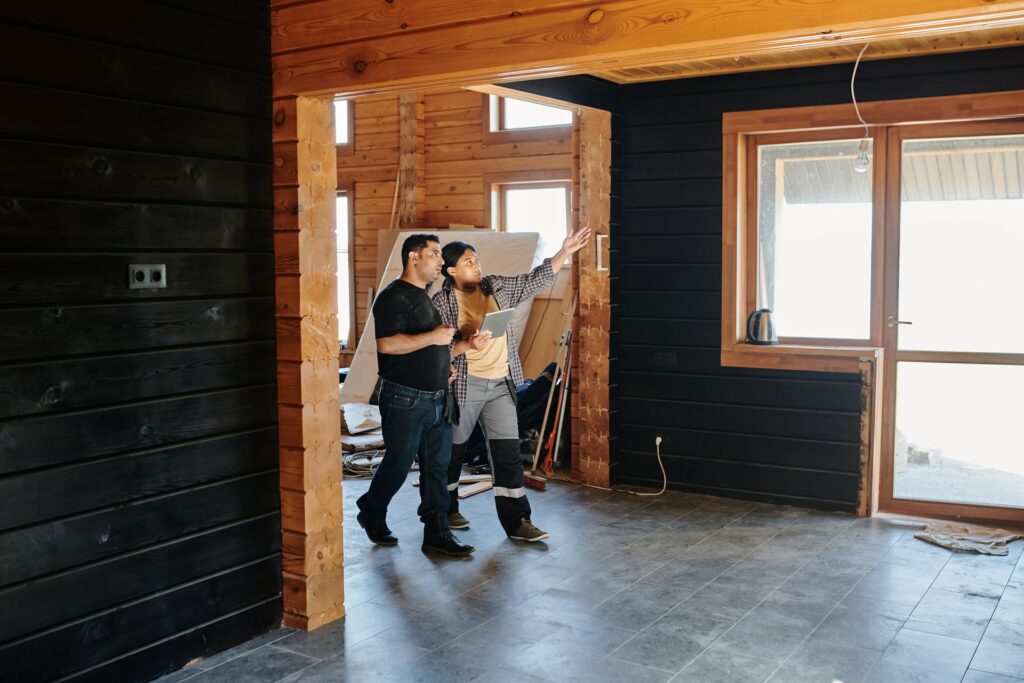How to Do an Attic Conversion
Converting any living space comes with a few considerations and technicalities. We break down what to keep in mind so you know how to do an attic conversion: from determining square footage to securing permits. Many of these multifamily houses have these large attics with really high ceilings, and they say, “Well, if…

Converting any living space comes with a few considerations and technicalities. We break down what to keep in mind so you know how to do an attic conversion: from determining square footage to securing permits.
Many of these multifamily houses have these large attics with really high ceilings, and they say, “Well, if I can turn that into additional living space, I can rent it for more money and get higher returns.” But it is not that simple, and you have to be very careful about that. Here at Green Ocean Property Management, we have general contractors on staff who have gone through legally turning attics into living spaces such as bedrooms or bathrooms. Below are the key steps we take, so we can assure you we know how to do an attic conversion.
FAR is the foundation of attic conversions

First and foremost, take note of your FAR, which stands for Floor Area Ratio. That means the amount of land you have to the mono square footage in your building. Using basic numbers, you might have a 10,000-square-foot lot. The FAR allowed by the city might be 50%, meaning you are allowed to have 5,000 square feet. Now, if you already have two units that are 2,500 square feet, then you are not allowed to build anymore because that equals 5,000 square feet. But let’s pretend that you only have two units that are 1,500 square feet, so that equals out to 3,000 square feet, right? That means you have 2,000 square feet left before getting a zoning variant.
What that allows us to do is that if your attic is, again, probably only another 1,500 square feet because each floor is about the same, you have only 4,500 square feet. Saying underneath that FAR of 50%, it is still under 5,000 square feet. So you can legally – by right – build that 1,500 square feet.
Secure the building permit

Now, that still means that you have to request a building permit. Anytime you are building and getting additional square footage, you have to pull with the city of Boston, at least, something called a long permit. That long permit requires you to have things like an architect, maybe engineer plans, and submit it to the city for review. That is a different process than a short permit where you only have to request it; usually, you can get that permit on the same day. This process can take 30 to 60 days, and that is without requesting any variance.
Finalize other specifications

After ensuring you have the FAR – and by right – figure out what else is needed. When you do attic conversions, you need to have:
- Egresses such as windows that open a certain degree
- Fire escapes, where you might have to hardwire your fire, smoke, and carbons detectors
- Handrails that should be checked and correct
You have to think about all these things. You can’t just throw some insulation, sheetrock, and paint and say, “I have an attic, and you can live in it.” Make sure it is safe for your residents. Sure, it is quite a process to go through, but it’s a process that is well worth it. And at Green Ocean Property Management, we have done these tons of times for our clientele.
Our commitment
So if you or anyone else you know is looking for a proactive property manager to help guide you through how to do an attic conversion, please think of Green Ocean Property Management: where you get more than a property manager, you get peace of mind.
Security Camera Setup With Green Ocean PM
At Green Ocean Property Management, we always say “we give you peace of mind.” What better way to ensure your property and residents are safe? Taking care of your security camera setup is one of the ways we assure you that. So, these security cameras: what do we do with them? We give…
Why is a Property Inspection Essential
In keeping your rental property a long-term investment, you must ensure that it is being well cared for and maintained. As a landlord, it is important to have a peace of mind and that sense of security that your rental property is in good shape. Doing a property inspection is a sure way of getting…
Dealing With Security Deposit Deductions
We have handled more security deposit deductions than we can count. In today’s article, we explain how we sorted it out with one of our residents. Move-out Inspections and Security Deposit Deductions At the end of every single lease term, a tenant will move out. It is then our job to do a…








